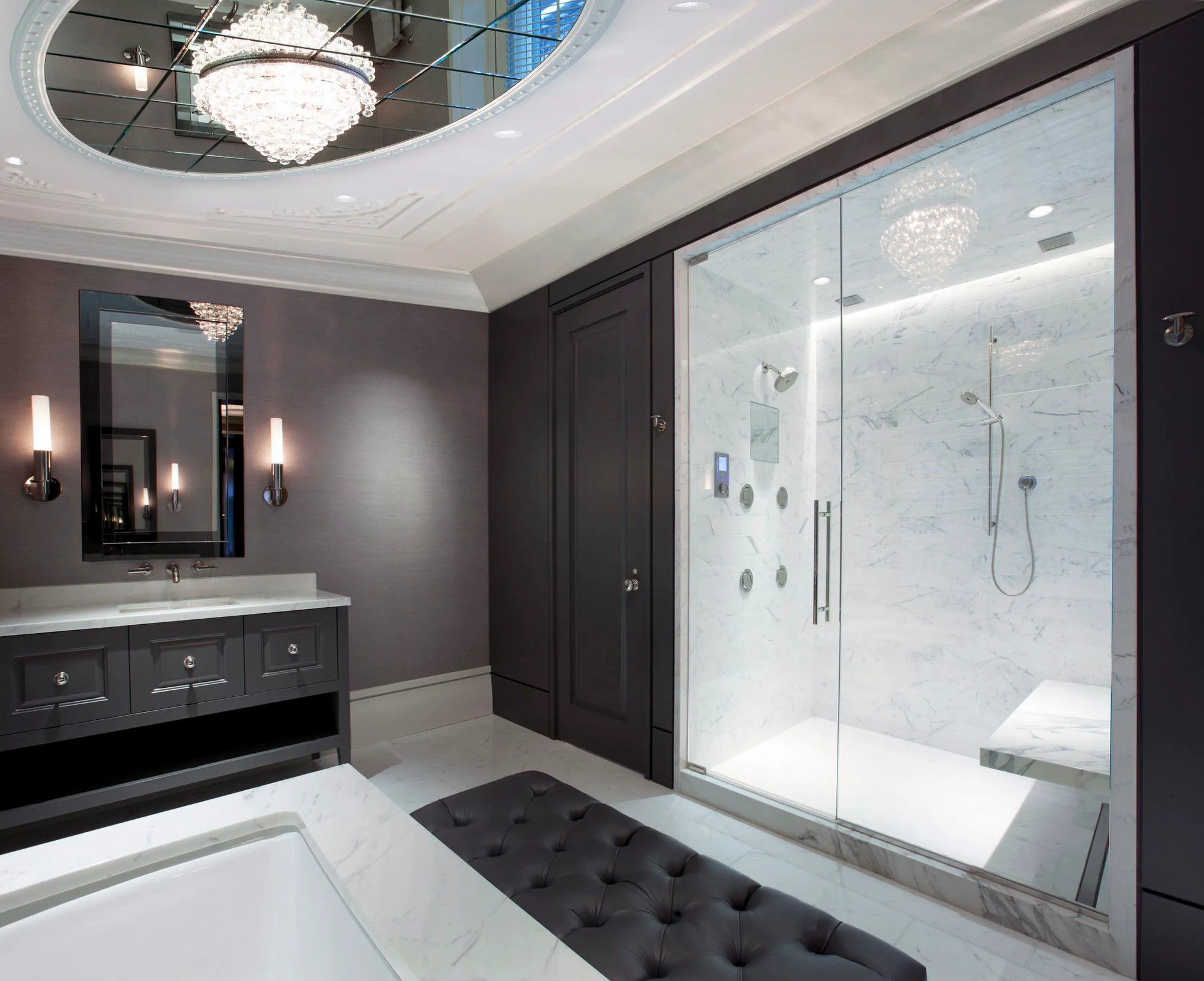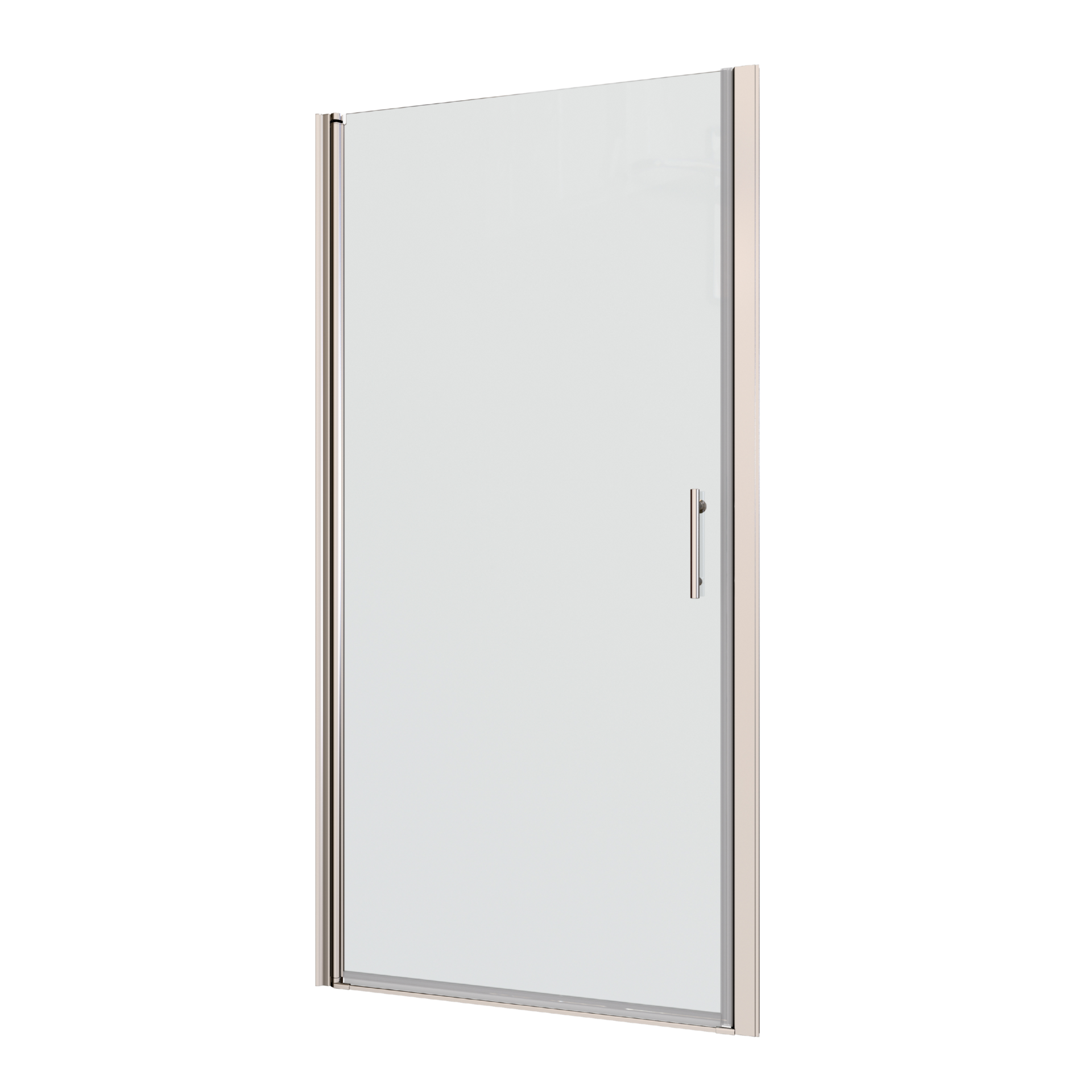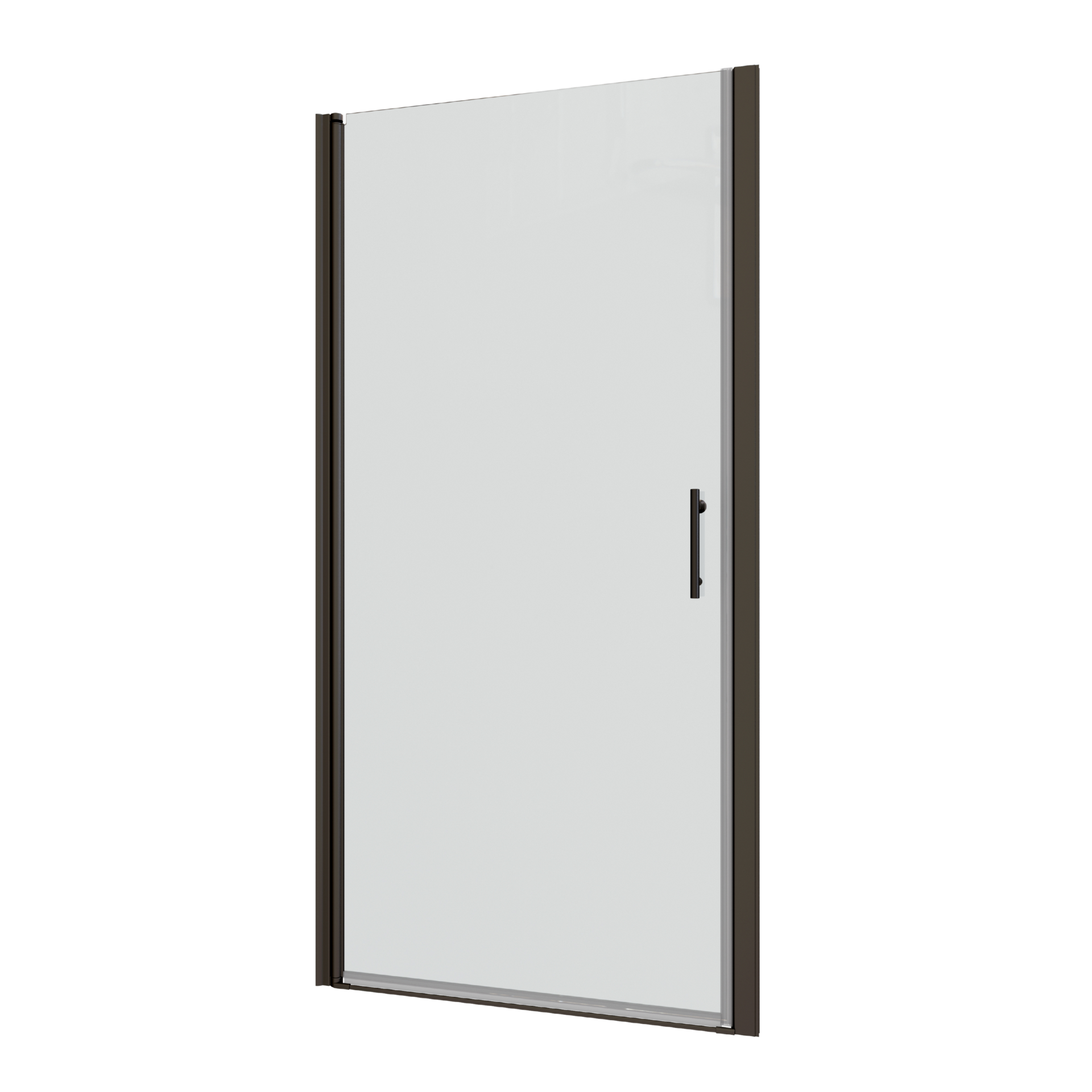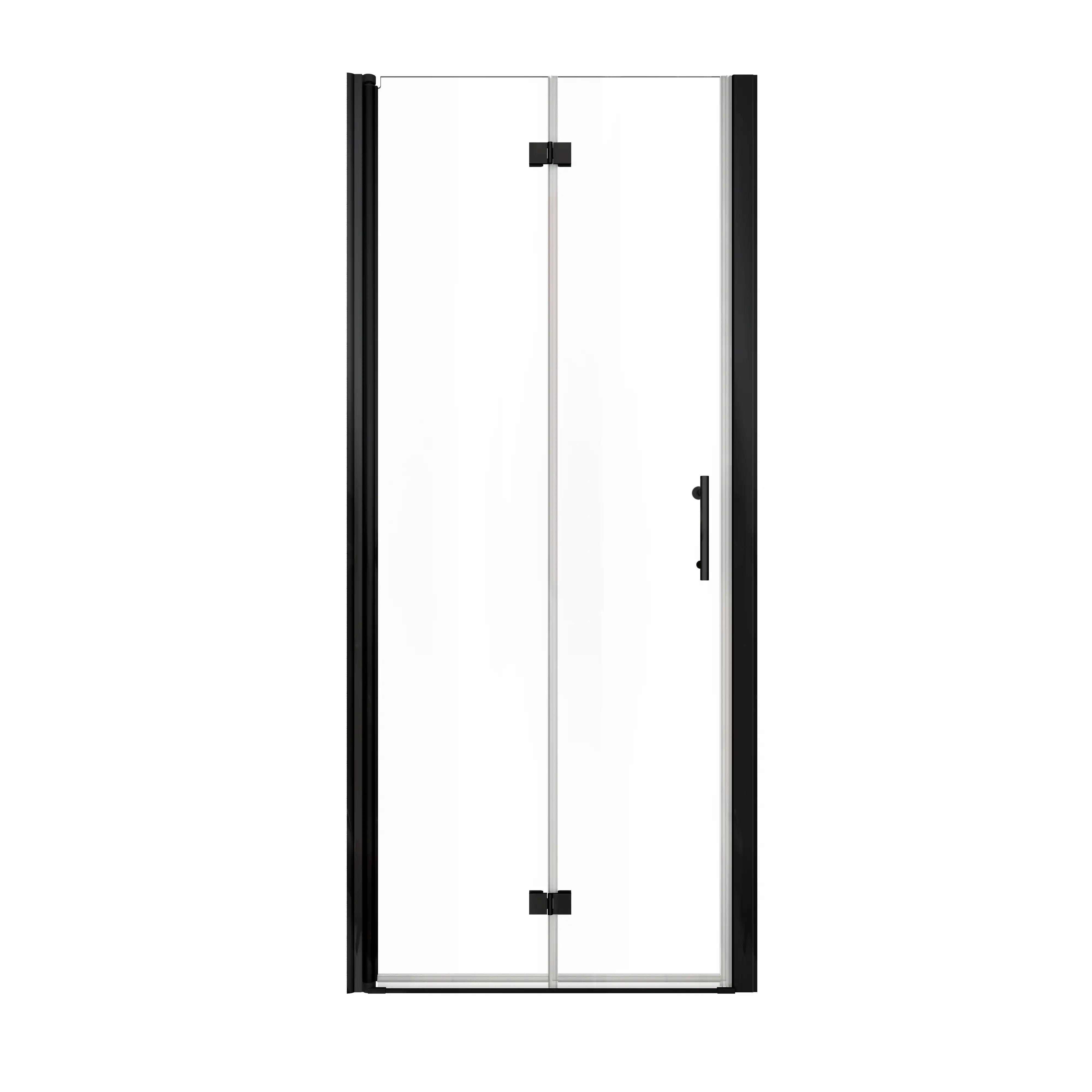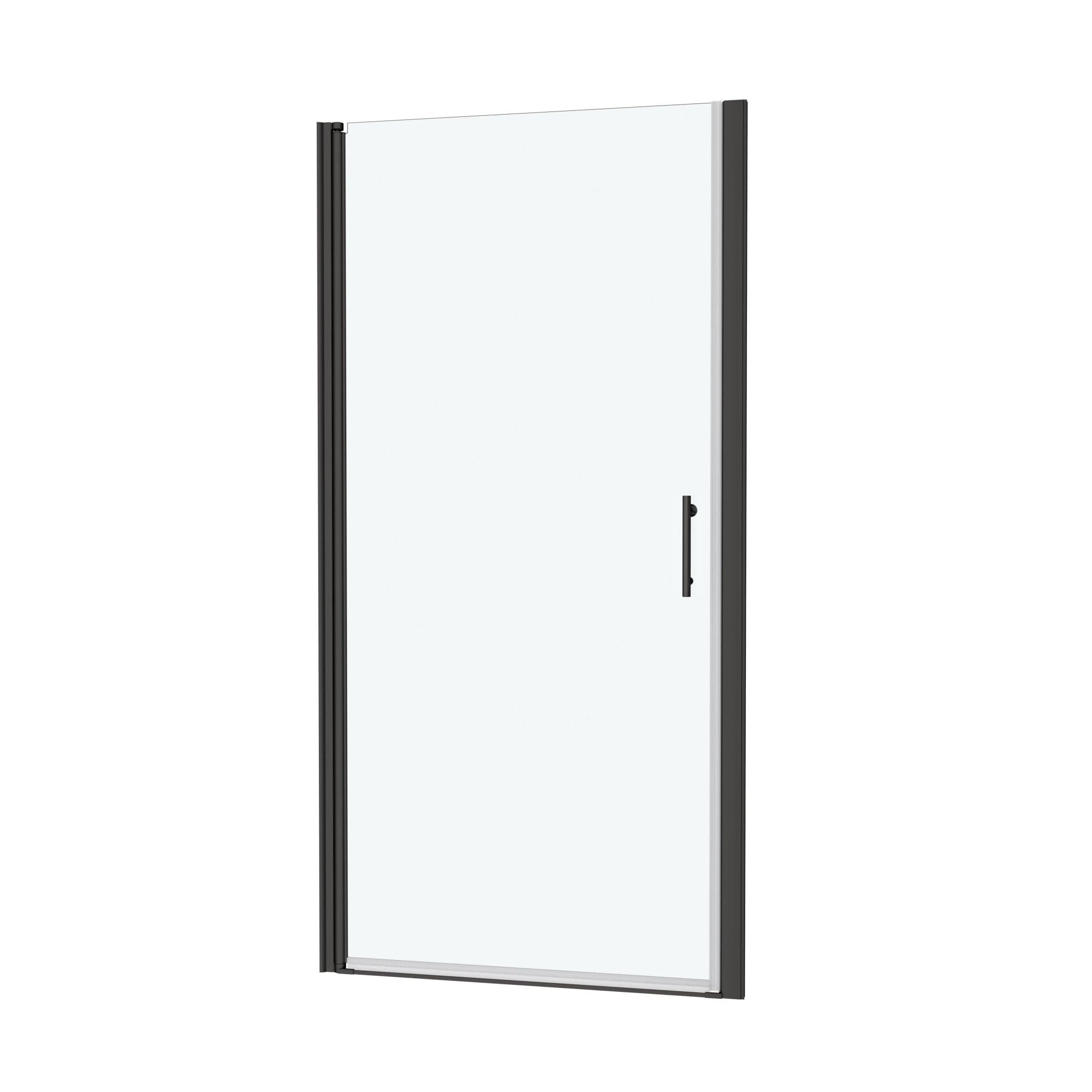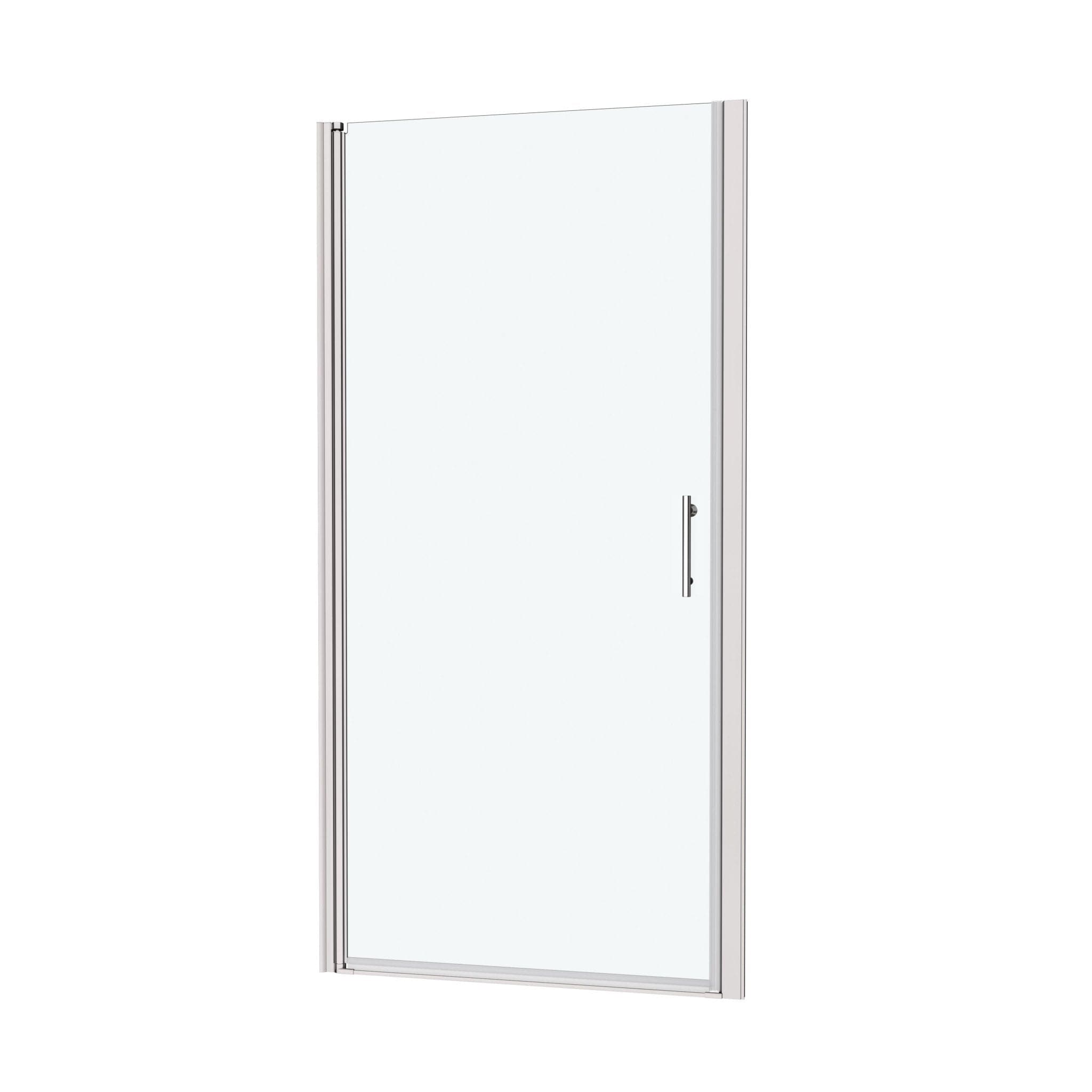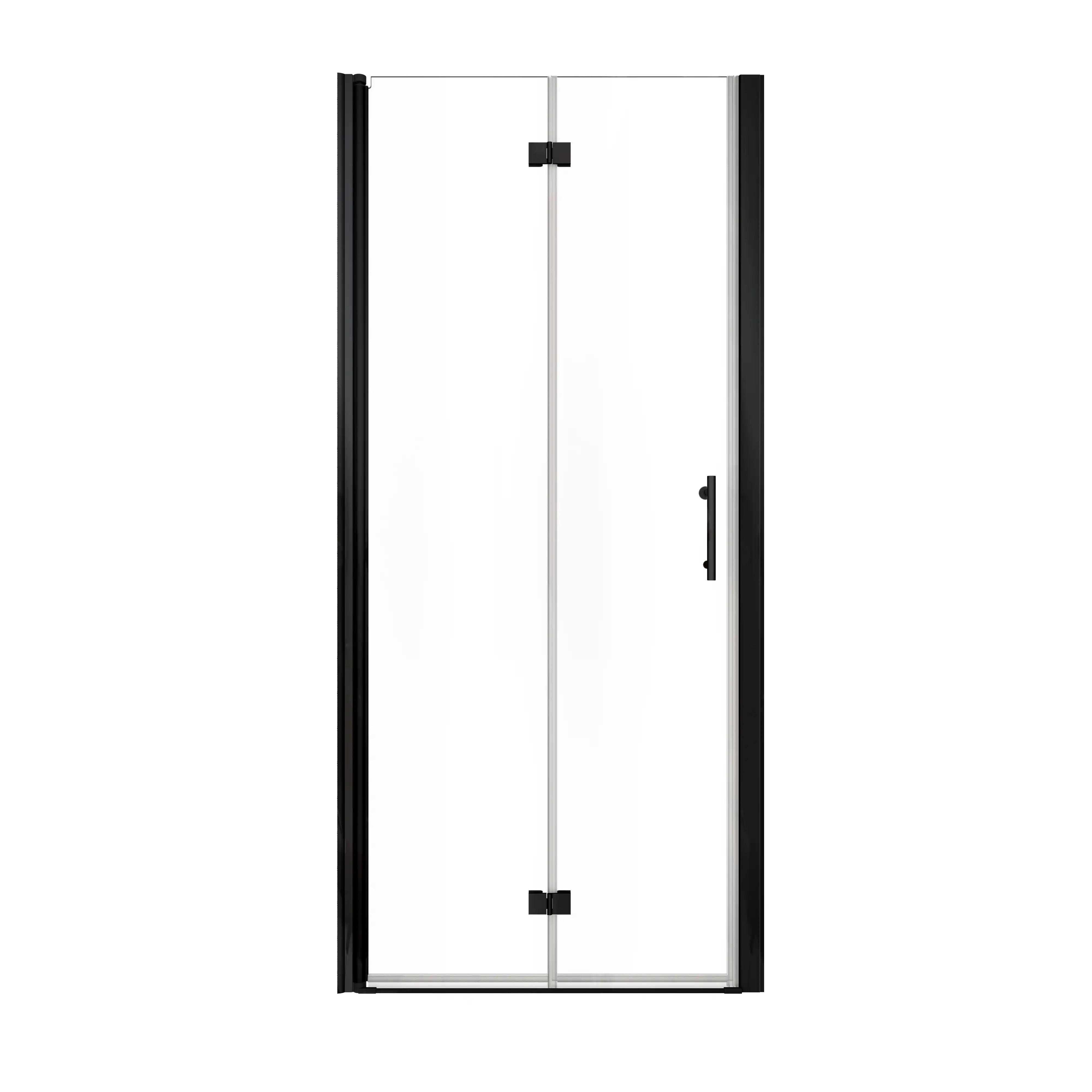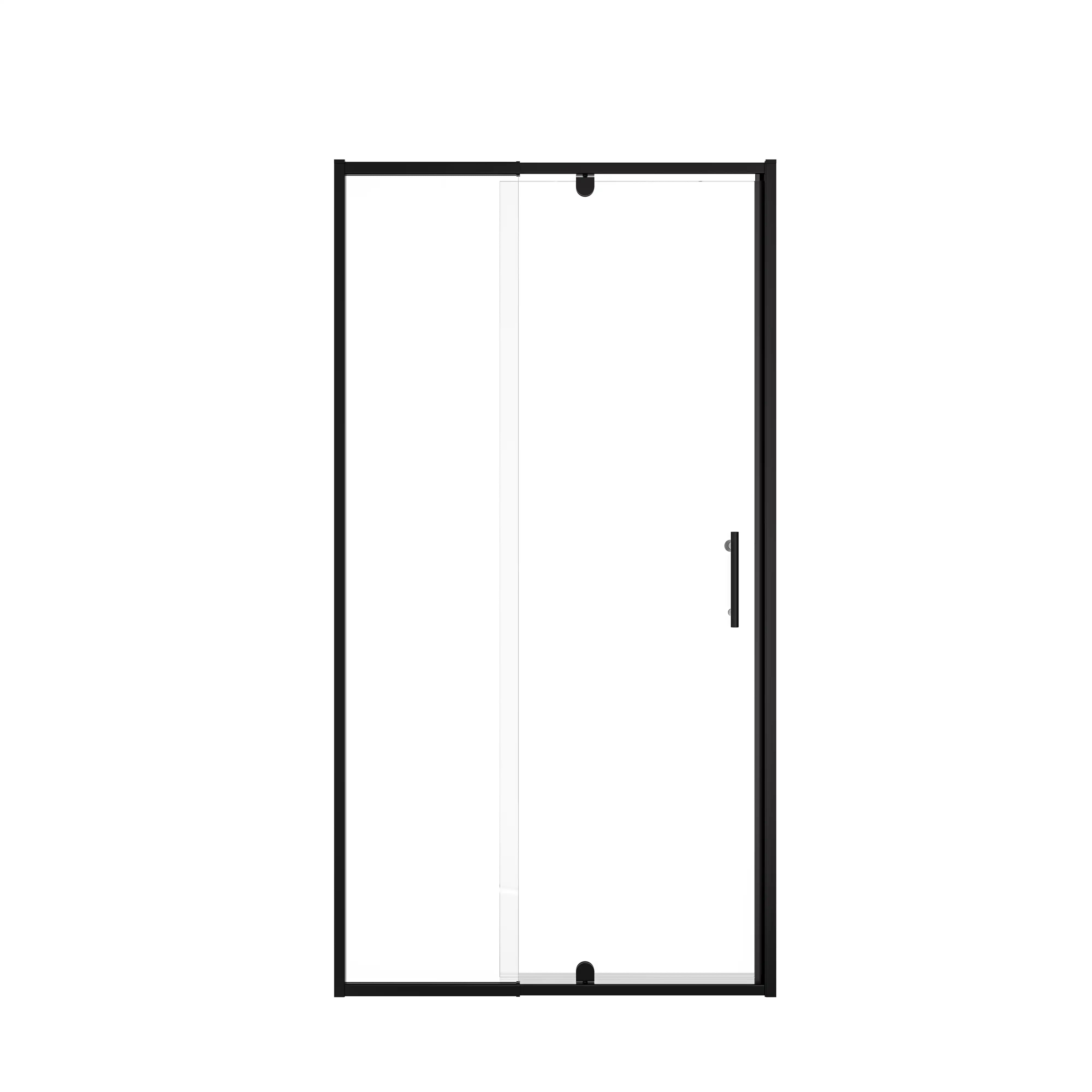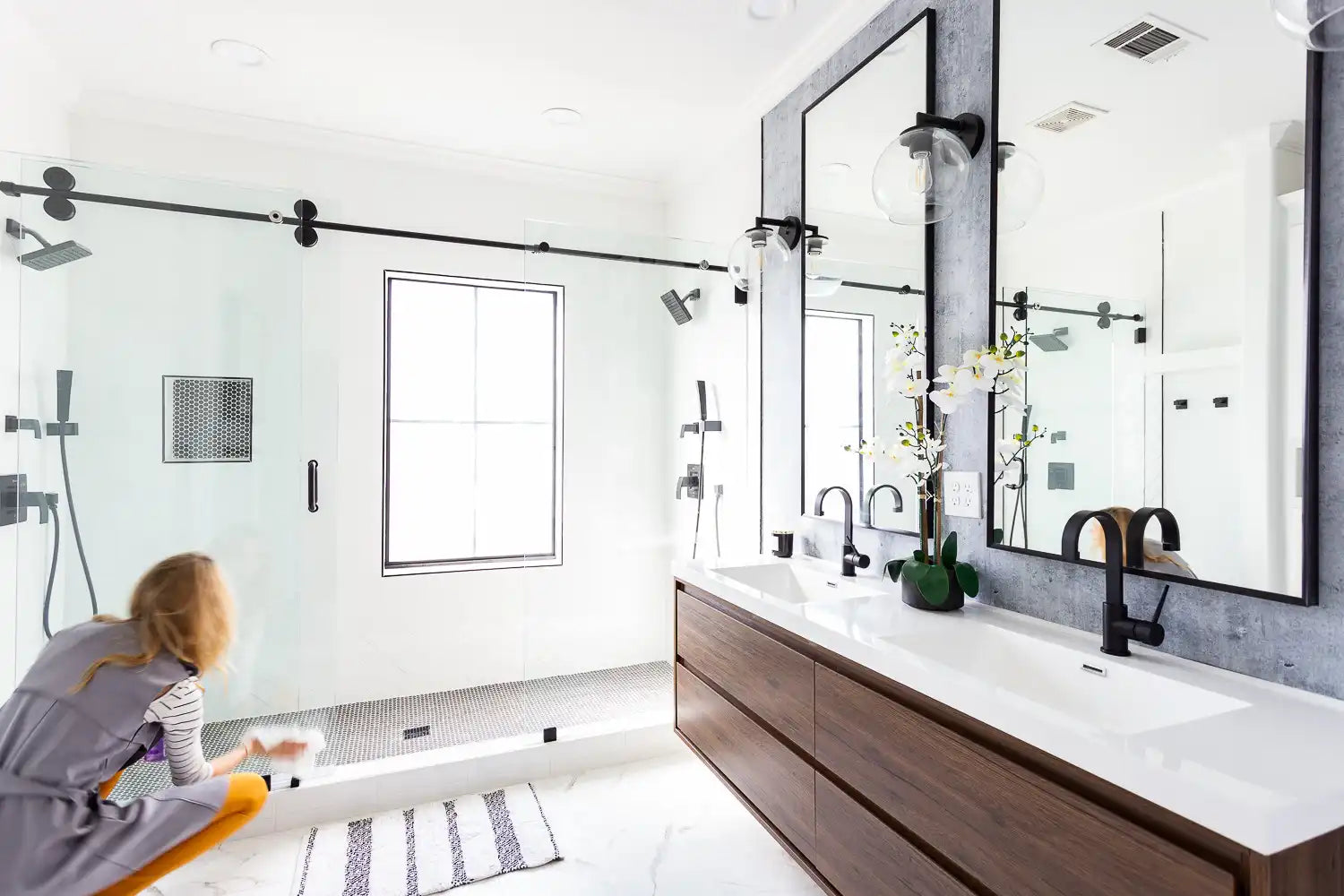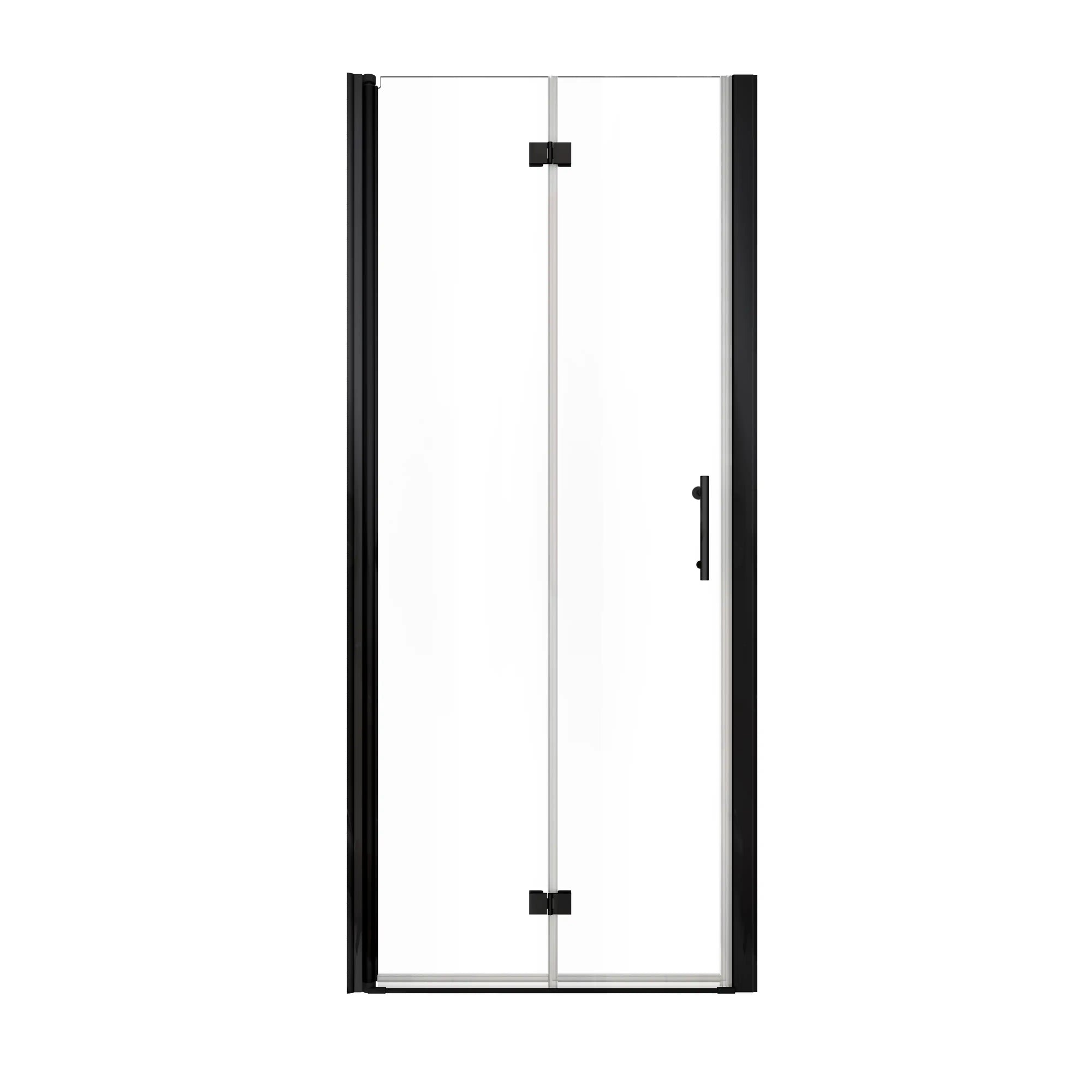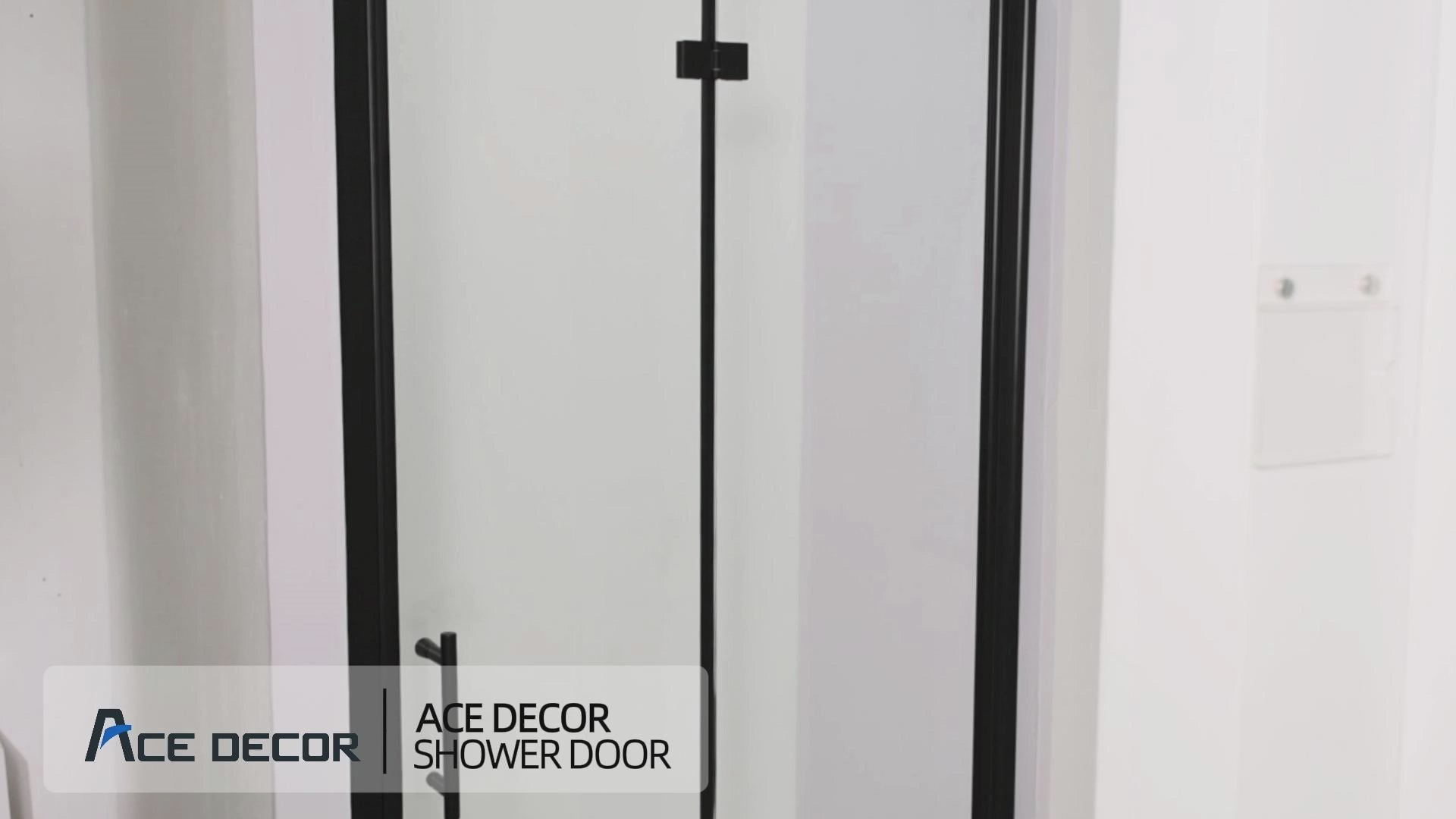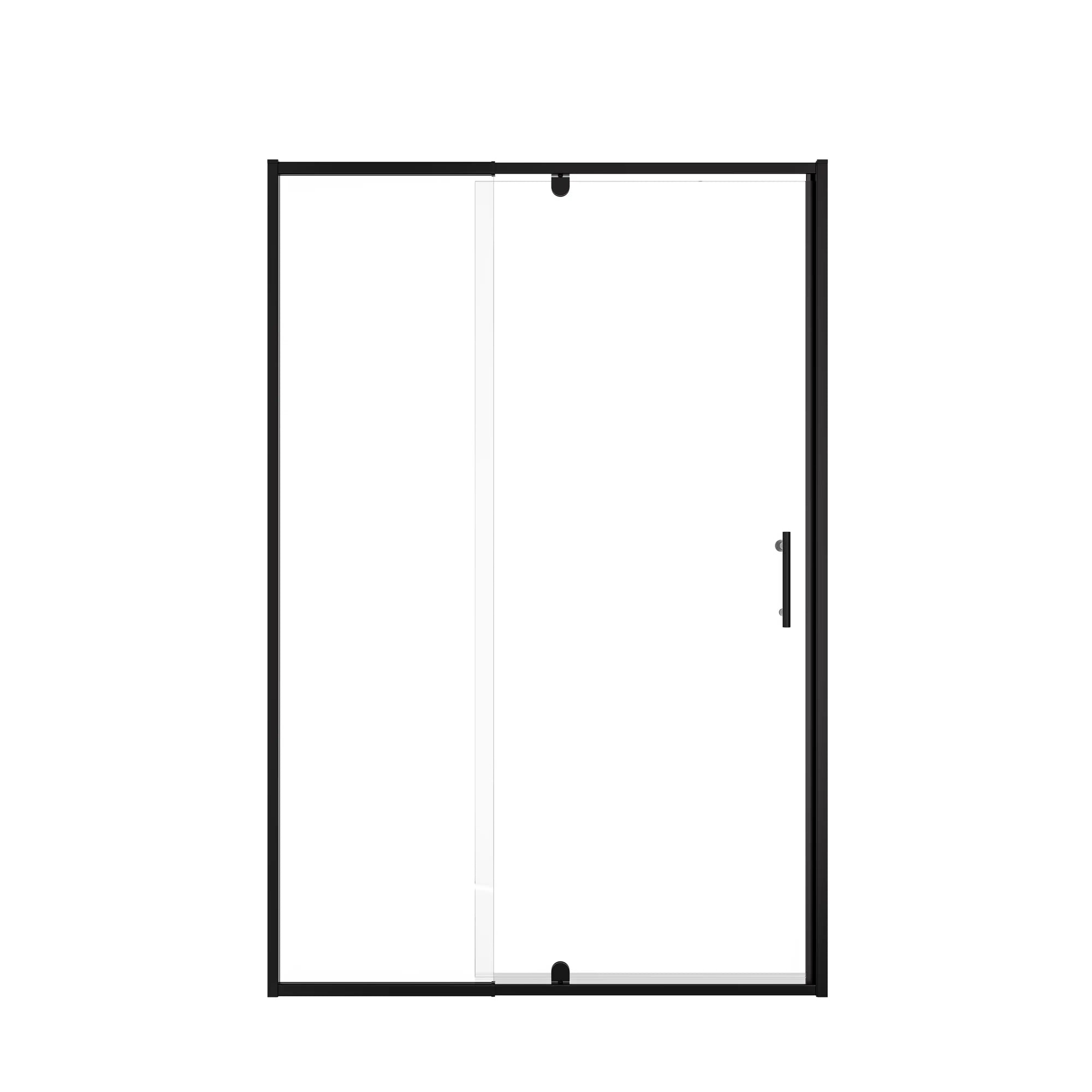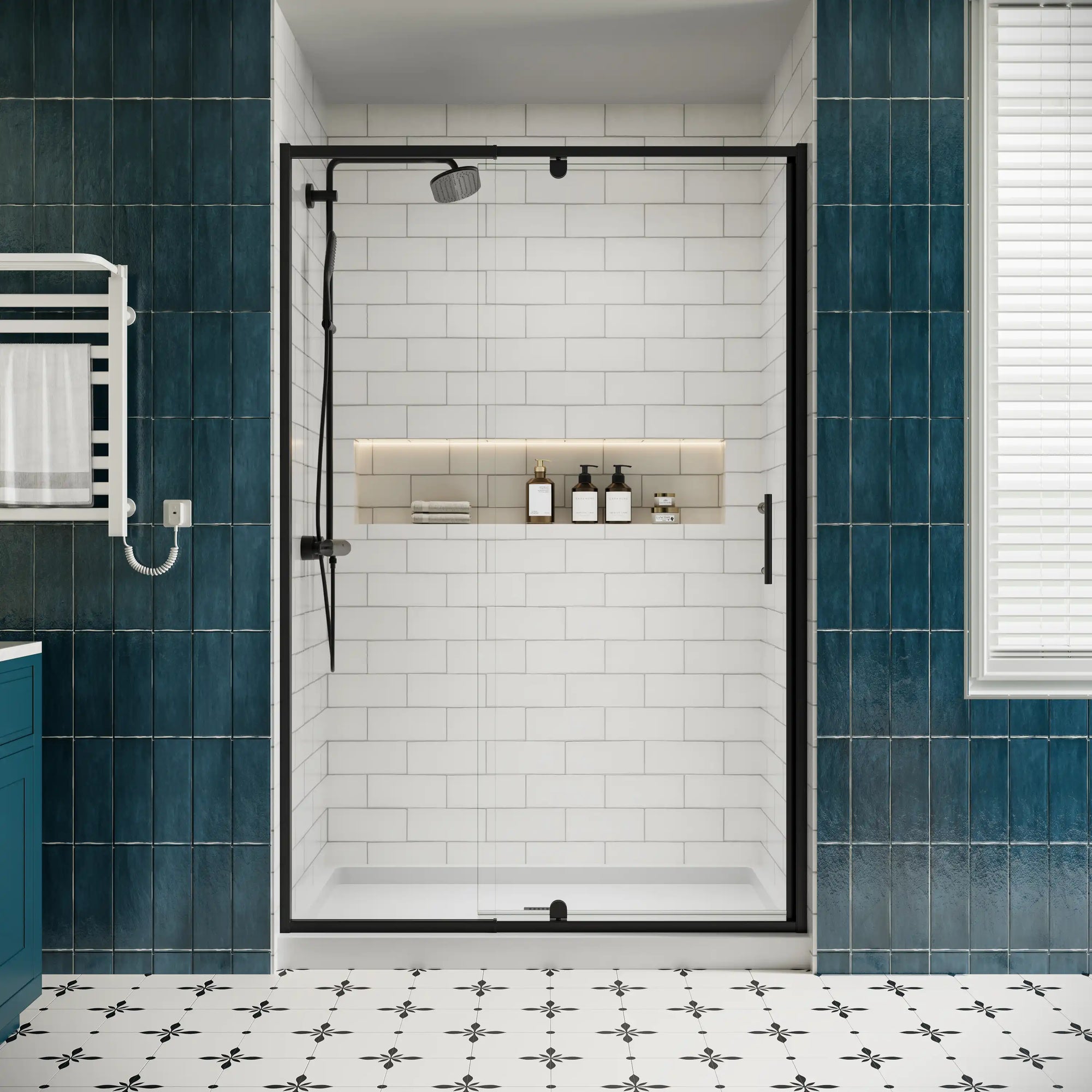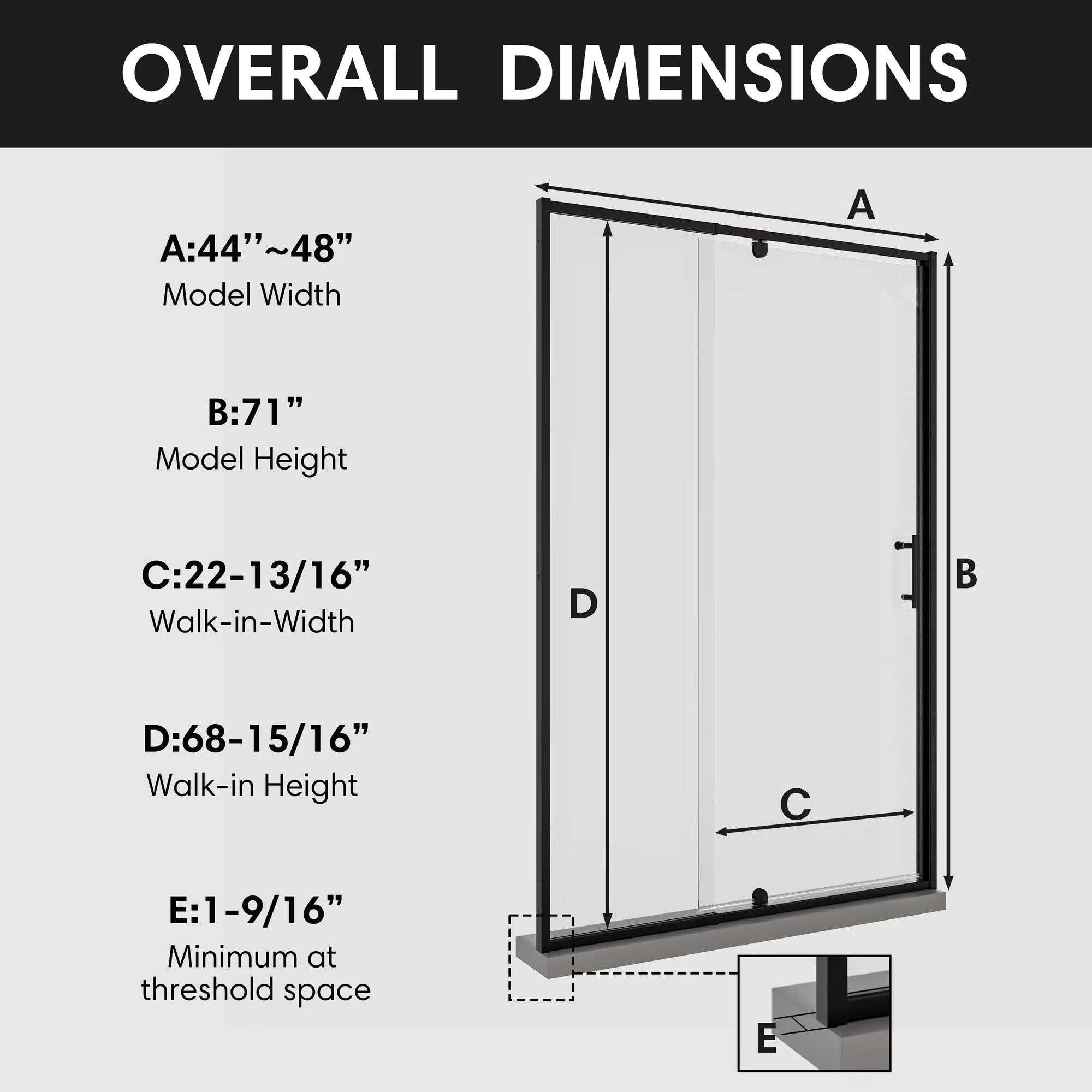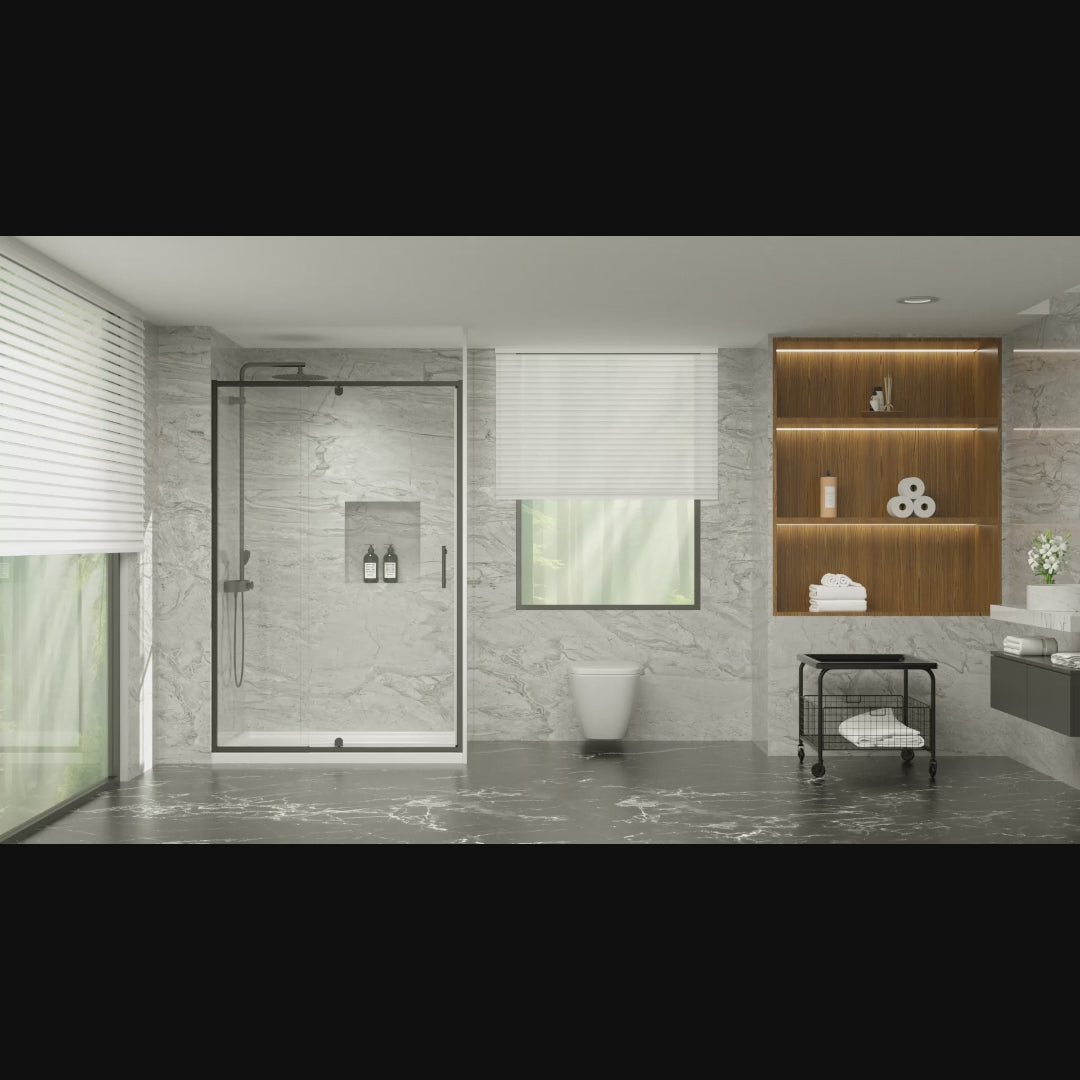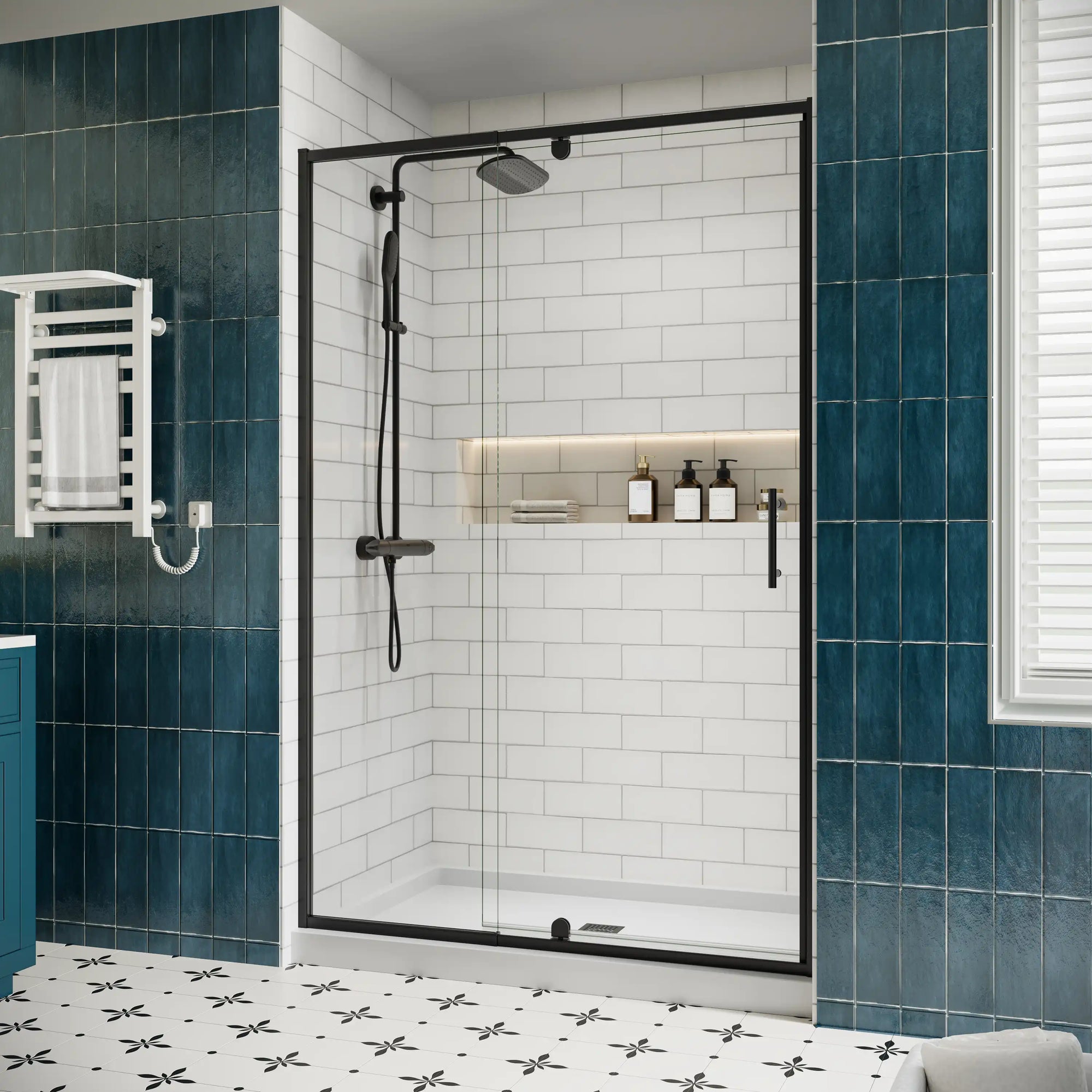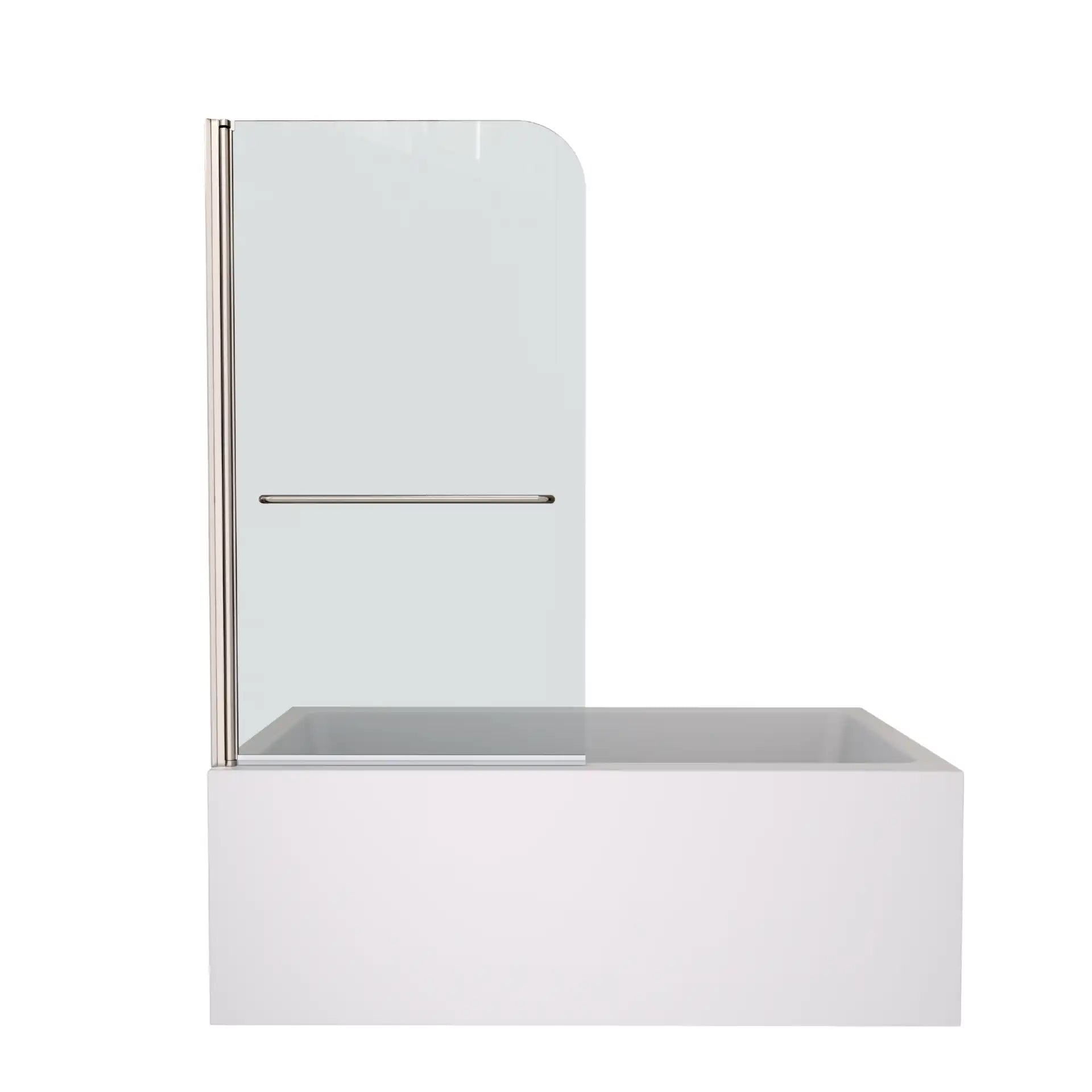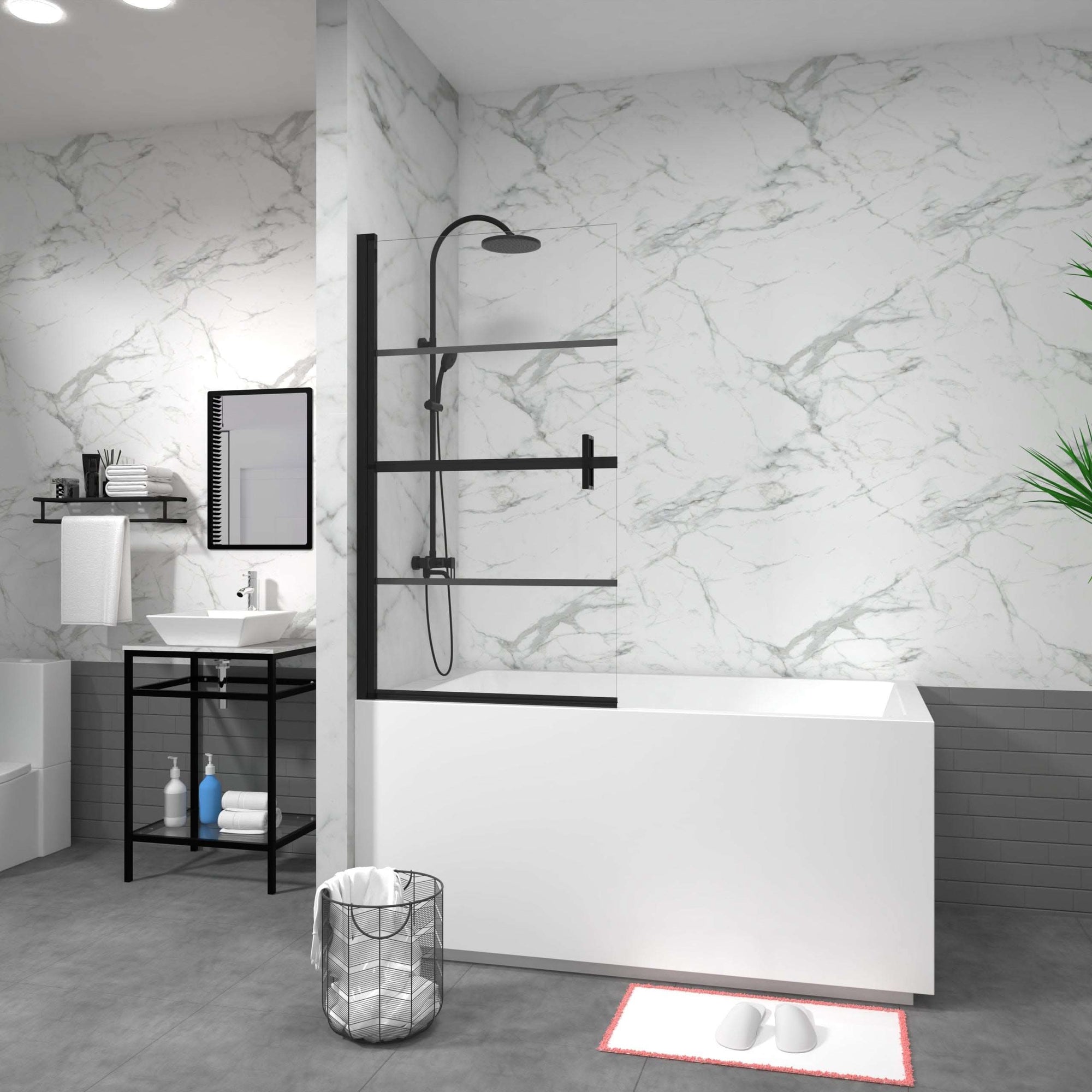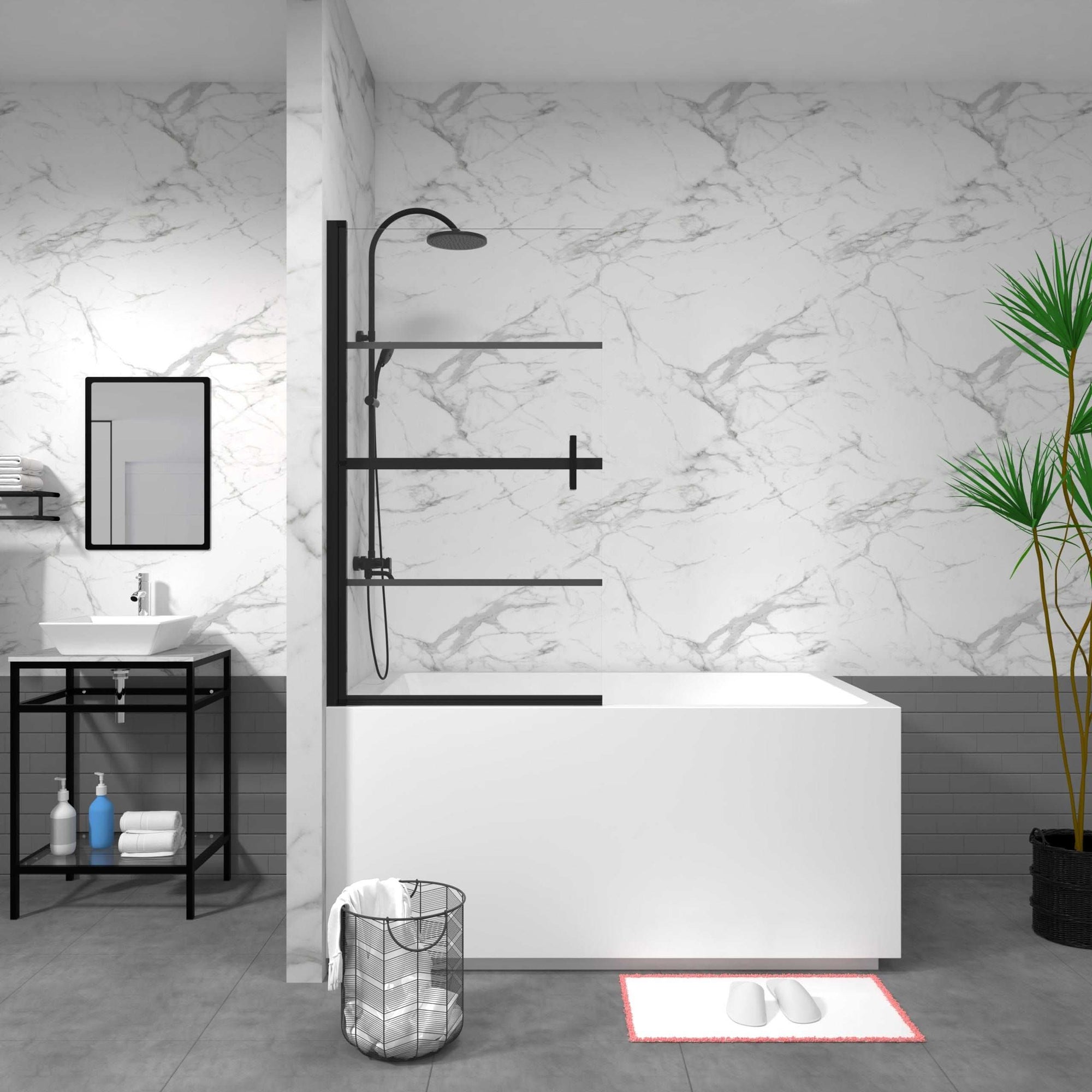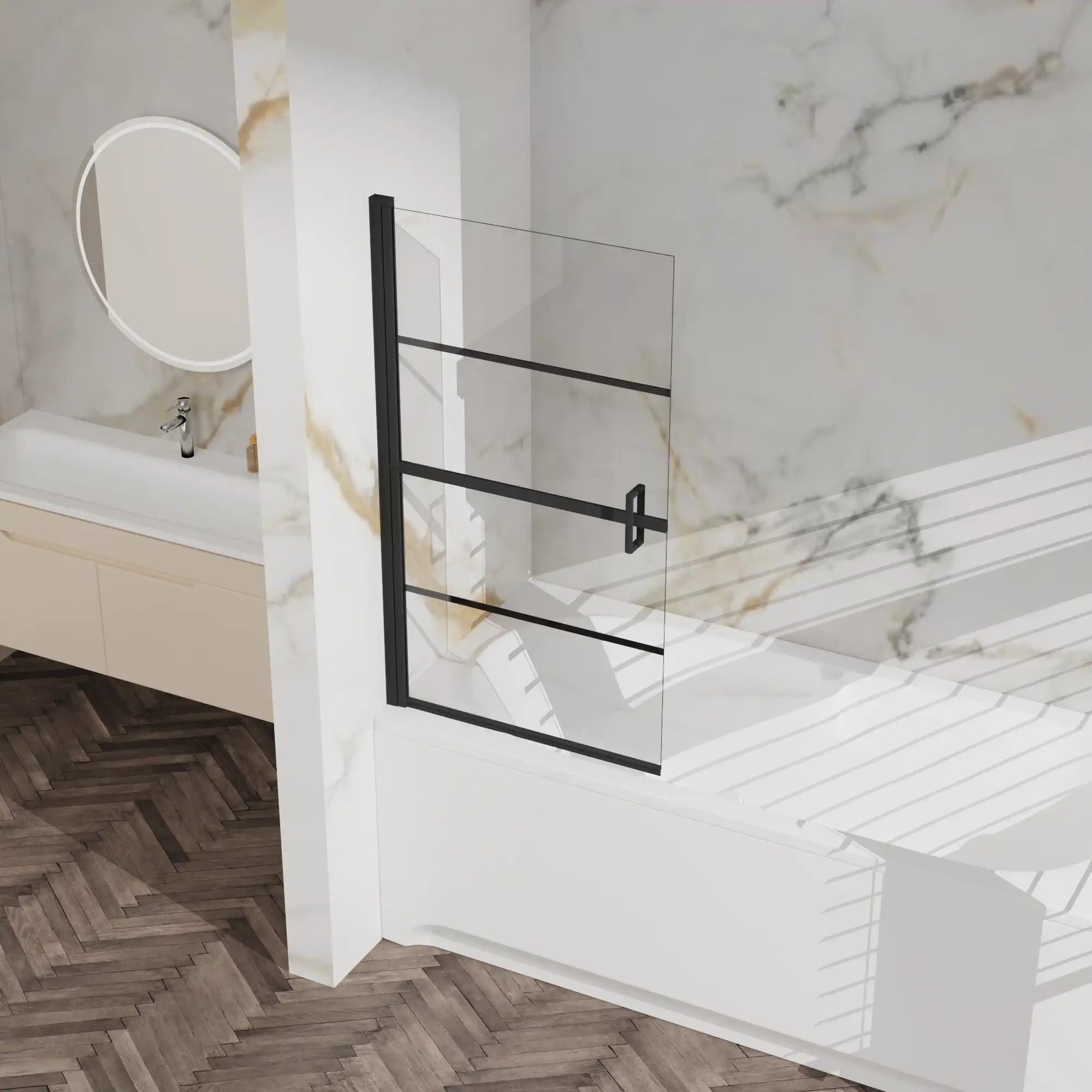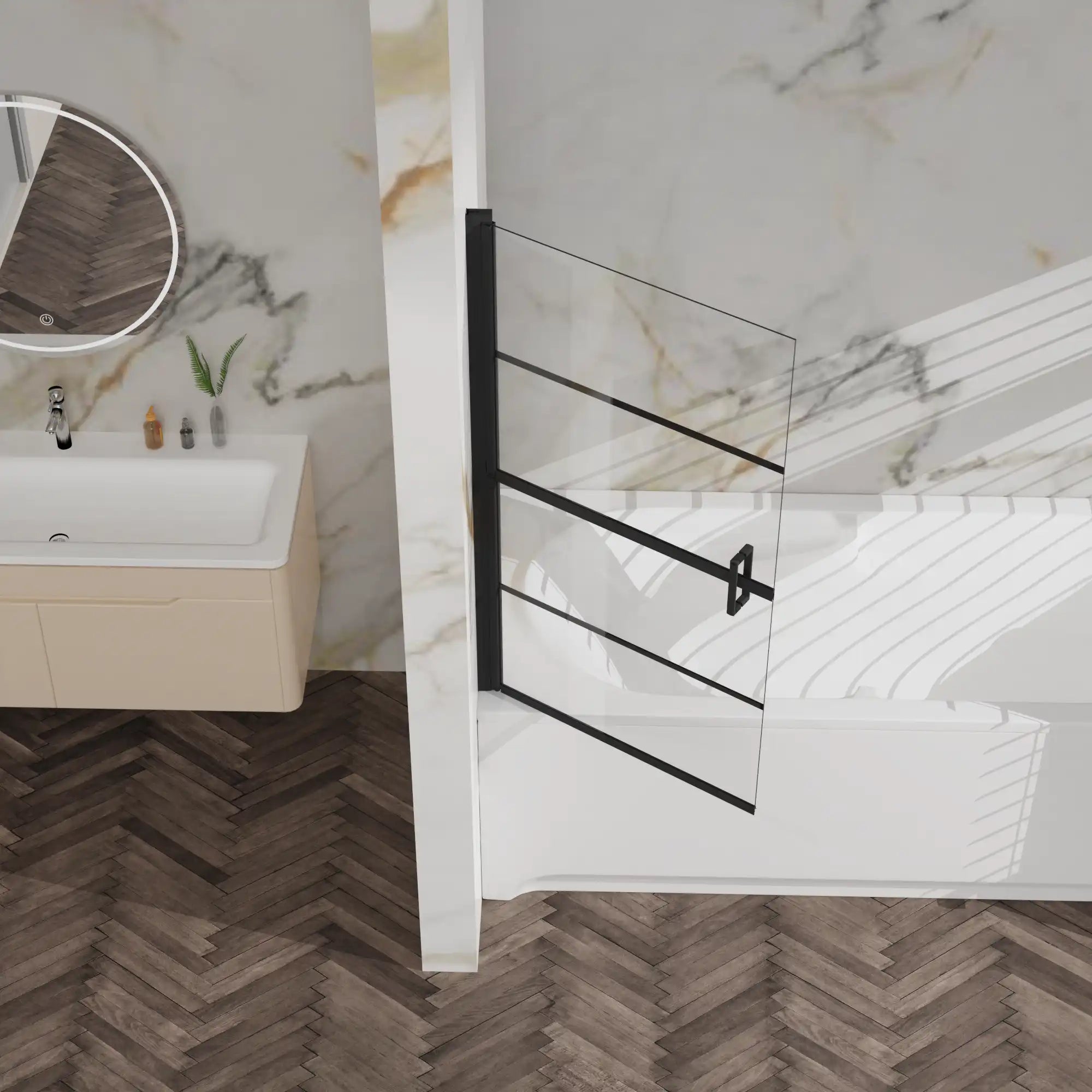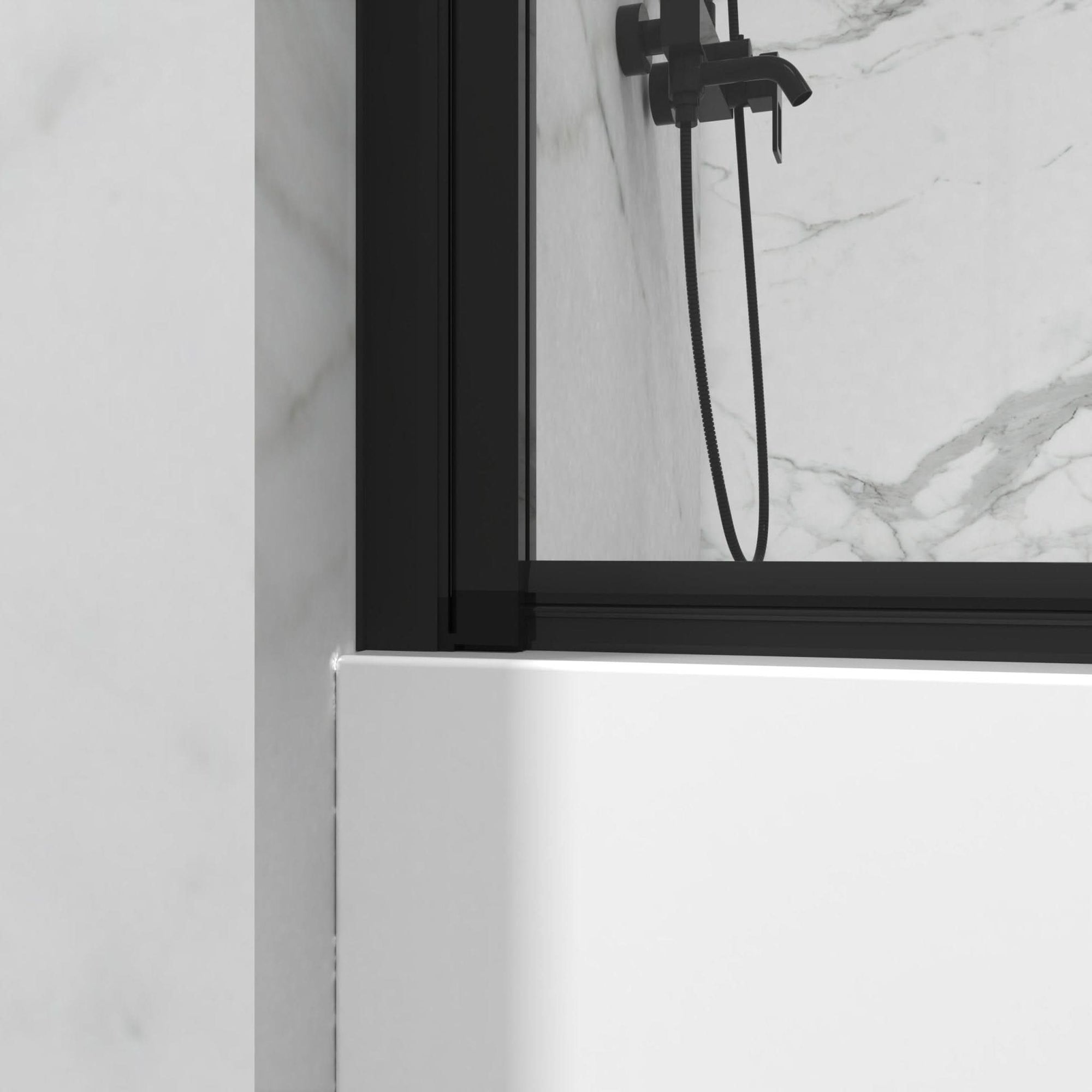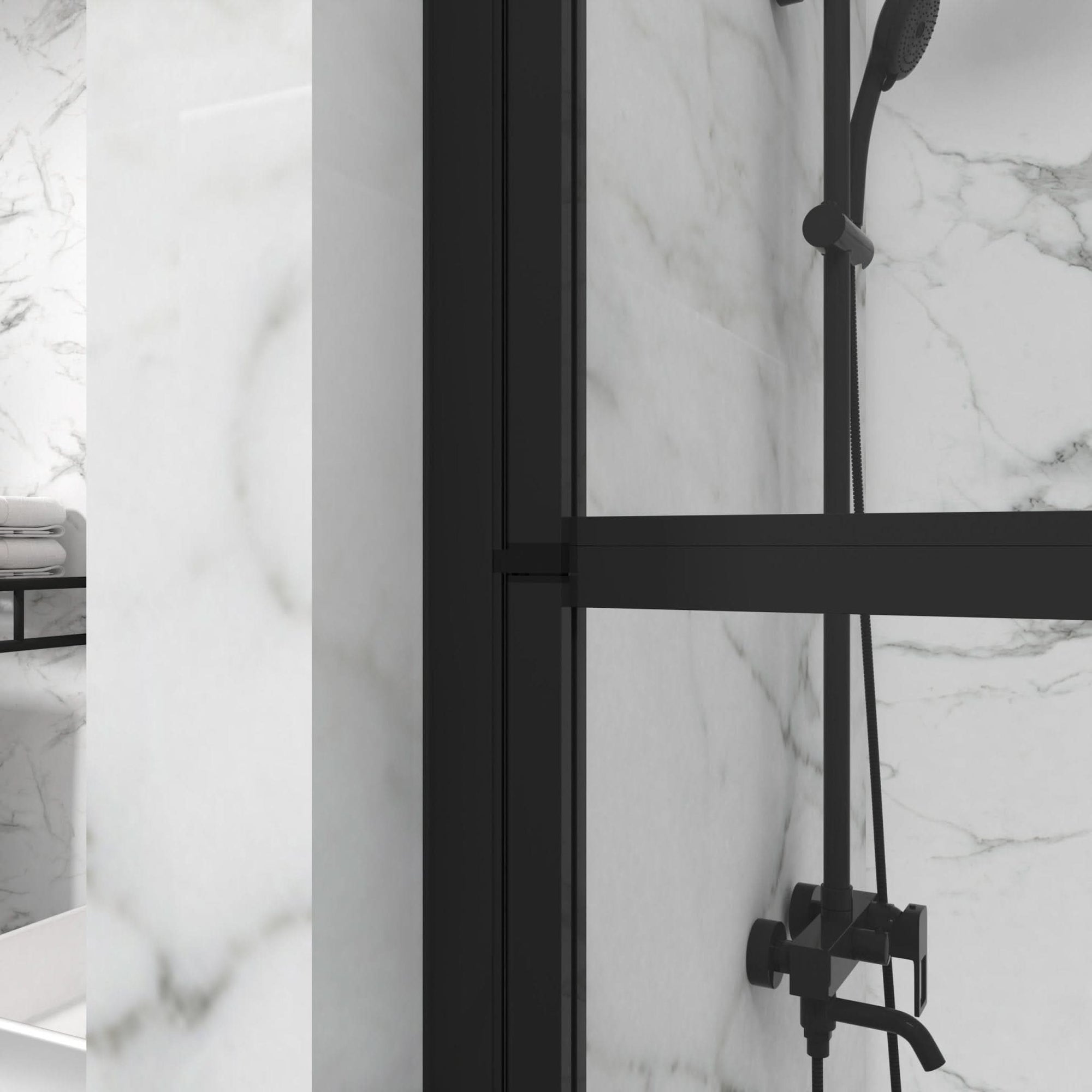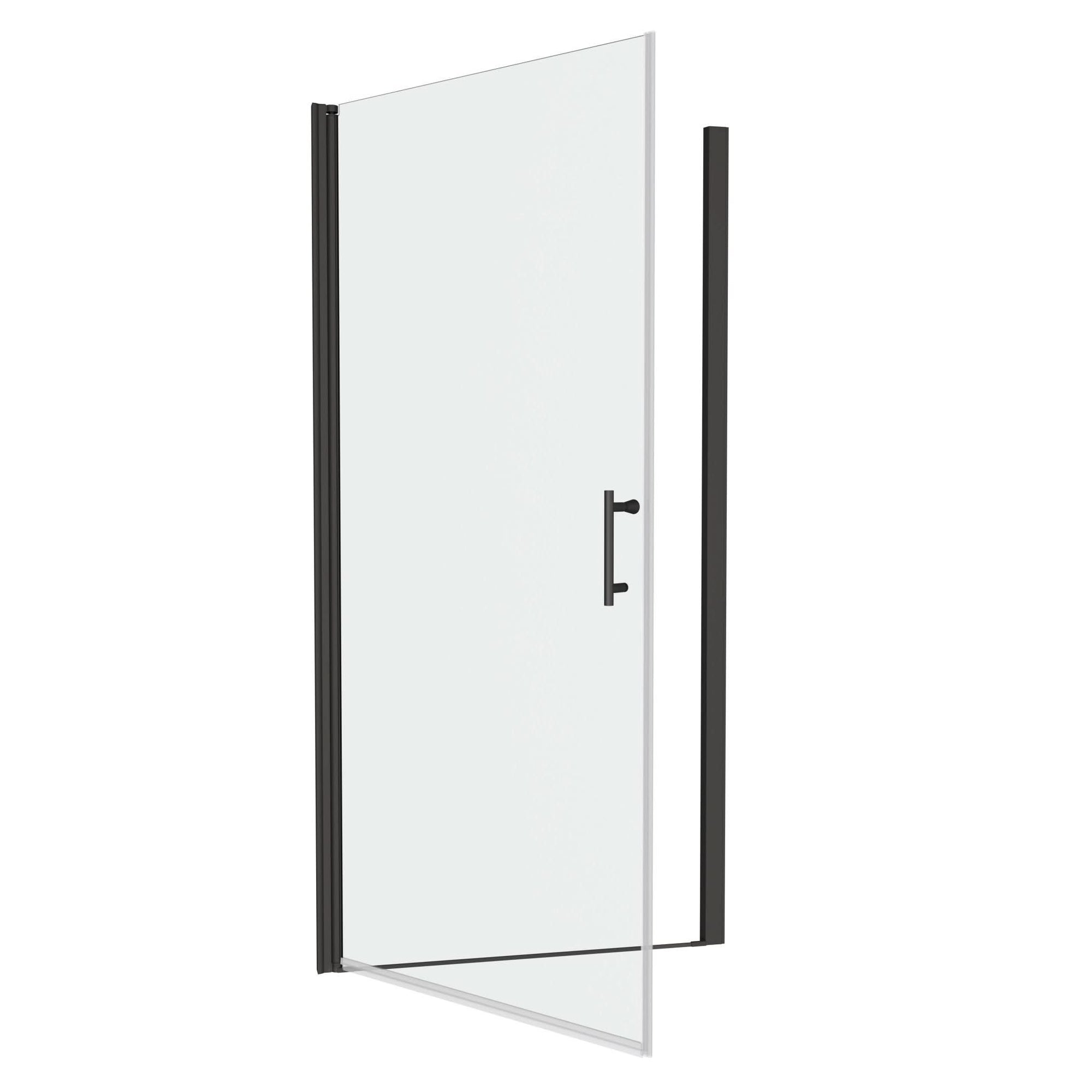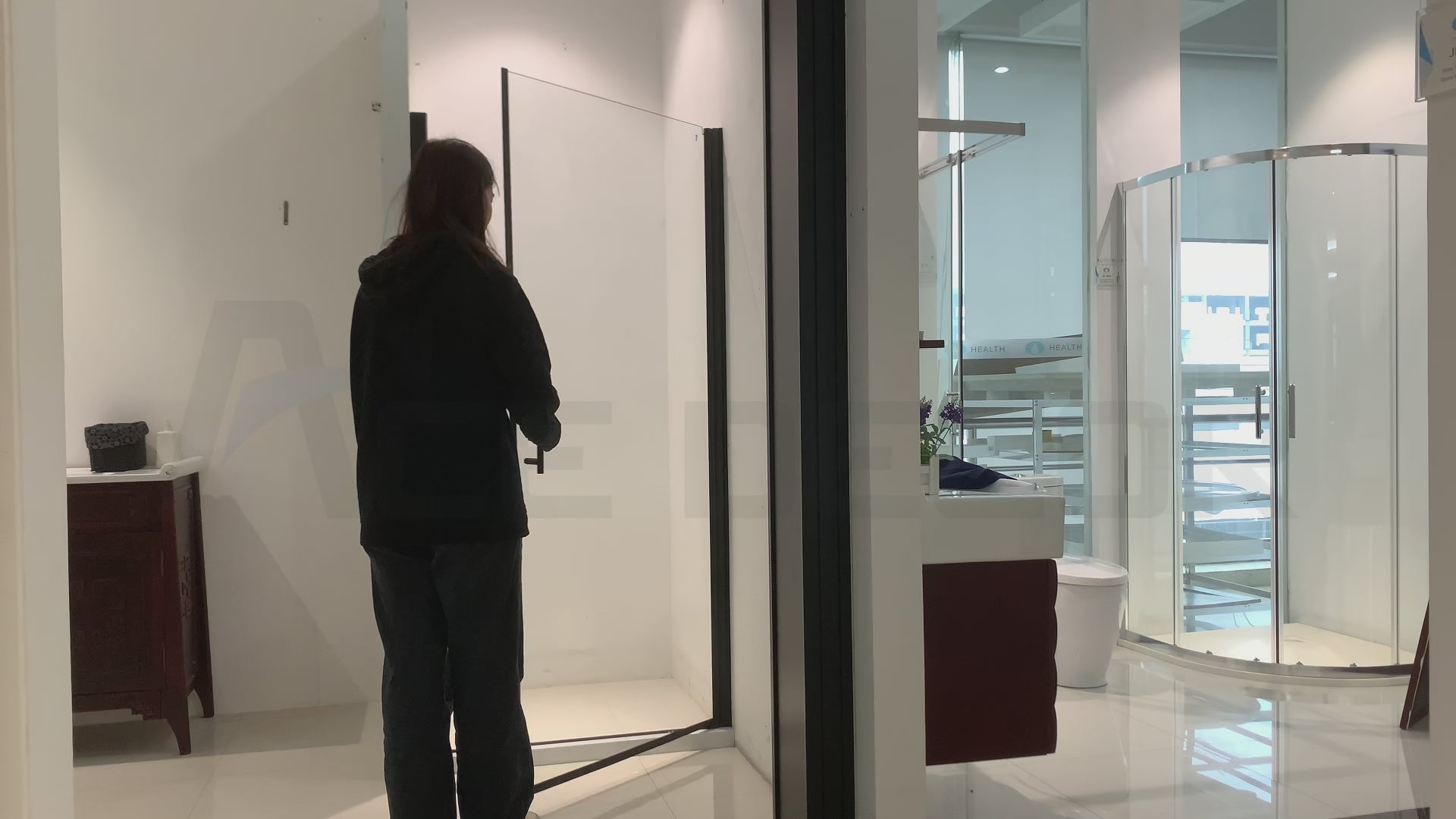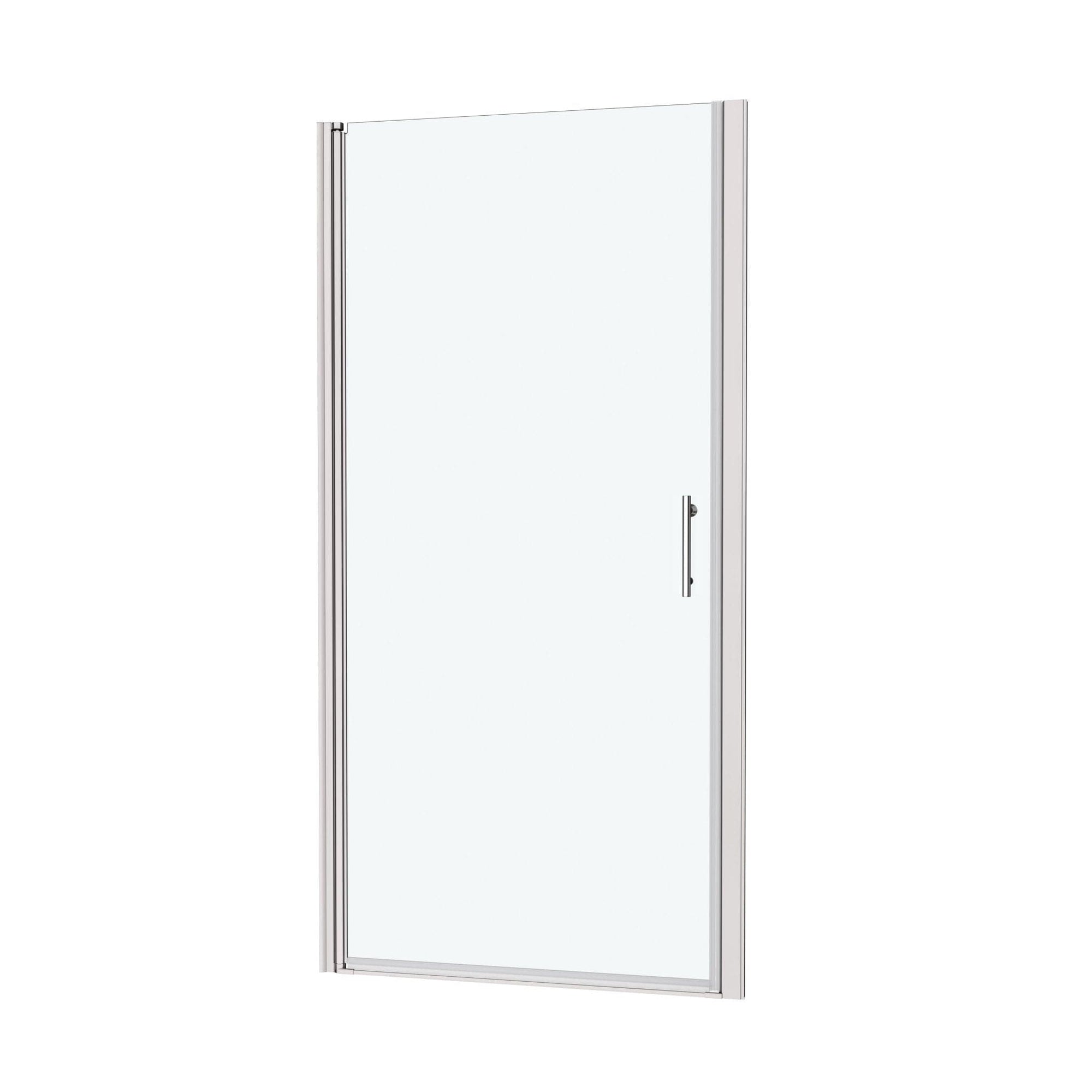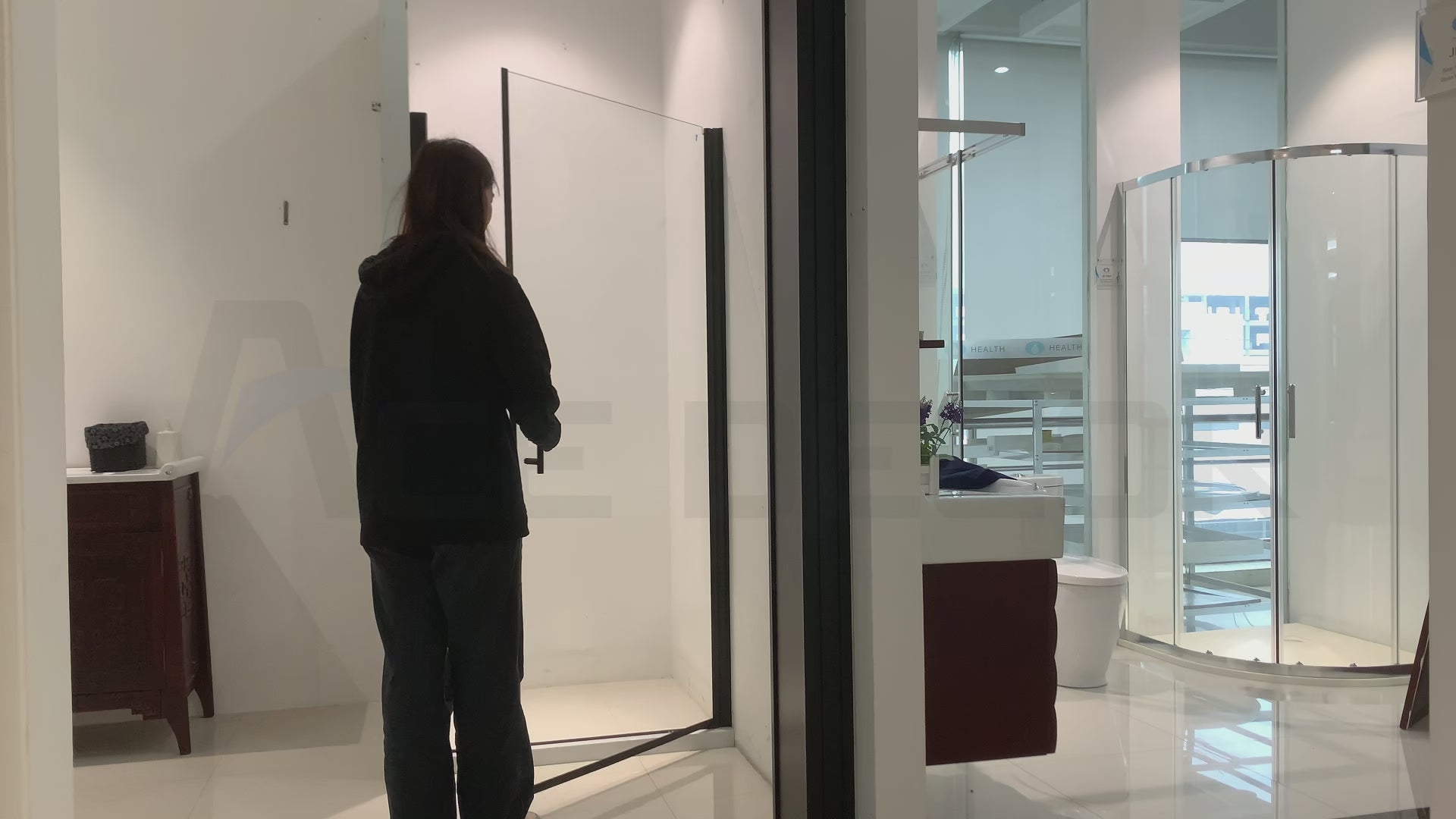A well-adjusted shower door is the unsung hero of an untroubled bathroom experience. But the all-important step of shower door hinge adjustment is often not second nature to most homeowners—until they’re faced with a maddening squeak, stubborn drip or, even worse, water damage seeping into the floor beneath.
In this guide to hinge maintenance, we’ll explain why it’s more important than you think. From stopping silent leaks to getting rid of that annoying scratching sound every time you shower, we’ll explain how a small tweak can save you hundreds of dollars—and prolong the life of your shower door for years to come.
Now, let’s get into the details before another one escapes.
Table of Contents:
- 1. The Silent Money Drain: How Poorly Adjusted Hinges Lead to Costly Water Damage
- 2. The Physics of a Perfect Seal: Why Even 1mm Misalignment Causes Leaks
- 3. From Squeaky Nightmare to Spa Smoothness: Noise as a Warning Sign
- 4. The 3-Second Test: How to Spot Hinge Fatigue Before It’s Too Late
- 5. DIY Like a Pro: Step-by-Step Guide to Adjusting Your Shower Door Hinges
- Conclusion
- FAQ: Your Shower Door Hinge Questions, Answered
1. The Silent Money Drain: How Poorly Adjusted Hinges Lead to Costly Water Damage
It might not be obvious at first — merely a slight discoloration on the bathroom floor, a minimal warping in the wood trim, a barely-there puddle developing outside the shower. But there are deeper signs behind these seemingly inconsequential signs. Gradually, inexorably, water leaking from a badly fitted shower door hinge can do damage, transforming small wear and tear into expensive catastrophe.
An improperly aligned hinge will leave cunning gaps between a door and its frame — so little you possibly might miss them, but just big enough to let water run free each time you shower. Weekly and monthly, all that moisture exposure breaks down the structural integrity of your bathroom. It disintegrates tile grout, warps wooden subfloors, nurtures stubborn mold behind walls, and even eats away at drywall until it disintegrates. But in extreme cases, what could have been a five-minute adjustment of how the shower door hinge was installed — an issue you could sort out yourself in less than half an hour with a simple screwdriver — can turn into a half a year or more-long, costly $2,000+ renovation all the way to a potential mold remediation and floor replacement nightmare.
The good news? Preventing that damage is unexpectedly easy. A fast checkup and correct hinge alignment can help keep water where it belongs — inside the shower — saving you thousands on not-so-obvious repair bills. Don't wait for the warning signs; proactive shower door maintenance is the cheapest insurance policy for your bathroom.

2. The Physics of a Perfect Seal: Why Even 1mm Misalignment Causes Leaks
You wouldn’t think millimeters would matter — but in shower mechanics, precision is everything. Just as a finely tuned instrument requires precise adjustment to generate perfect tonality, so too does your shower door, demanding accuracy in millimeters to stay watertight.
Here’s the science: A properly for (micro)adjusted hinge allows for uniform compression throughout the entire silicone seal, creating an impenetrable barrier. This balanced pressure allows water to sheet down without disruption, cascading back into the tub where it belongs. But if your door is even slightly forward or back—due to 1mm of misaligned hinges, say?—that carefully engineered seal suddenly fails spectacularly. Soon, rather than traveling downward as gravity intended, the water molecules mine tiny holes, finding the path of least resistance: your bathroom floor.
The solution? Regular checks of your hinge alignment — an easy-maintenance step that helps keep your door’s physics-defying seal. Because in the war against water intrusion, millimeters are more important than you would imagine.

3. From Squeaky Nightmare to Spa Smoothness: Noise as a Warning Sign
That ear-piercing screech every time you open the shower door is more than just annoying — it’s a cry for help.
There are three reasons why hinges squeak:
Lack of lubrication: Metal-on-metal friction wears parts down.
Loose screws: Hinge shifts, putting strain on the door.
Internal wear: if not addressed, corrosion or misalignment worsens.
Turning a deaf ear to this noise accelerates wear and tear. But a rapid tighten-up and silicone spray can restore whisper-quiet operation — so your shower feels like a luxury spa once more.

4. The 3-Second Test: How to Spot Hinge Fatigue Before It’s Too Late
Your shower door doesn’t have to swing lopsided to portend trouble. Try this simple test:
-
Push–pull test – Push the door at the top, and push the door at the bottom. If there is some wobble, those hinges are loose.
-
Paper test – Hang a piece of paper with the door closed. If it slides out easily, your seal is broken.
-
Visual inspection – Check for rust, gaps or uneven spacing.
If any of these red flags are present, a shower door hinge adjustment can help prevent irreversible damage.

5. DIY Like a Pro: Step-by-Step Guide to Adjusting Your Shower Door Hinges
Do you think you need a plumber for every drip or squeak? Think again. Armed with a few tools and these expert-approved steps, you can tackle your own shower door hinge adjustment in minutes—saving money and increasing the longevity of your door.
What You’ll Need:
-
Screwdriver (Phillips or flathead, depending on your hinge)
-
Silicone lubricant spray
-
A clean microfiber cloth
-
Optional: A bubble level to make sure it’s level
Step 1: Diagnose the Problem
First double check where you have a problem (before tightening anything):
-
Leaking? Look for gaps between the door and the frame.
-
Squeaking? The hinges probably need lubrication or tightening.
-
Hard to open/close? It is straining the mechanism with misalignment.
Step 2: Tighten the Screws
Over time humidity and everyday use loosen screws.
-
Begin with the top hinge—pop off the decorative cap (if it is there).
-
Working in a crisscross pattern (like a car wheel), tighten the screws gently to balance the tension.
-
Don’t overtighten, which can strip threads.
Step Three: Realign the Door
If water still seeps out or the door drags:
-
Find the screw for vertical adjustment on the hinge (usually at the bottom).
-
Rotate it clockwise to lift the door, counterclockwise to drop it.
-
Check the plumb of the door with a level.
Step 4: Lubricate the Hinges
-
Wipe away grime with a cloth.
-
A light coating of silicone spray on the hinge pins (not oil-based lubricants—they collect dirt).
-
Open and close the door several times to make sure the lubricant is spread evenly.
Step 5: Test and Repeat
Does the door close smoothly? Does the paper test (in Section 4) indicate a good seal? If not, go back to the changes you’ve made. For stuck cases, wiggle the hinge plate itself a little, but be careful, as this will affect the entire door’s stability.
Pro Tip:
Until you make adjustments, map out the original screw positions with a pencil so you know how to reverse changes if necessary.
Before leaks or squeaks spiral into costly repairs, this simple DIY method can bring your shower door’s functionality back. Now that’s some savvy homeowner hack if we ever heard one! 🚿🔧

Conclusion
A good-quality shower door should last decades — provided that hinges are properly maintained. From stopping leaks to silencing squeaks or preventing expensive water damage, shower door hinge adjustment is the best bathroom hack around.
The next time you notice a drip or hear a squeak, don’t delay. Check, correct, lube—and have a perfect shower for years.
FAQ: Your Shower Door Hinge Questions, Answered
Q1: How often should I check my shower door hinges?
A: Every 6-12 months. Regular checks prevent small issues from becoming expensive repairs.
Q2: Can I adjust hinges myself, or do I need a professional?
A: If you’re handy, a screwdriver and silicone spray can fix most issues. For persistent leaks or heavy glass doors, a pro ensures safety.
Q3: What’s the biggest sign my hinges need replacing?
A: If adjustments don’t stop leaks or noise, or if corrosion is visible, it’s time for new hinges. Don’t wait—damage spreads fast!
5 Common Frameless Shower Door Hinge Problems And How to Fix Them Fast!
Pivot vs Hinged Shower Door: Choose Nothing but the Best!
Frameless Shower Door Hinge Adjustment: 5 Easy Steps to Fix Loose Glass Door Hinges
